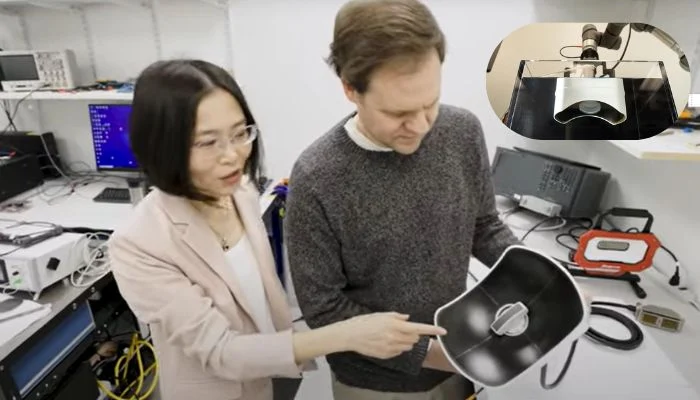Histotripsy is drawing attention as a novel way to treat cancer without cutting into the body. This technique uses high-intensity ultrasound waves that focus sharply on diseased tissue and mechanically destroy it. The body then naturally absorbs the destroyed tissue over time. Histotripsy promises less recovery time, fewer side effects, and a gentler experience compared to traditional surgery.
The method works by creating cavitation bubbles in the target tissue. When these bubbles collapse, they break apart cancerous cells into debris. The body takes one to two months to absorb the debris, leaving only minimal scarring. Real-time imaging helps guide the treatment so that healthy tissue around the tumour remains largely unaffected.
Early human trials have tested histotripsy in several areas. It has been used on liver tumours, benign prostatic hyperplasia, and calcified heart valves. In 2023 it was approved for liver tumour treatment, adding to its clinical legitimacy. The UK has adopted it for certain patients through its device access pathway, showing growing regulatory acceptance.
Despite its promise some caution remains necessary. Long-term data on cancer recurrence after histotripsy is still limited. There is concern that when a tumour is mechanically disrupted cancer cells might spread to other parts of the body. Also, not all tumours are easily reached by ultrasound waves. Bone and certain denser tissues can block the waves from reaching the target.
There is also the challenge of ensuring equipment precision, trained specialists, and imaging quality. In places where health infrastructure is underdeveloped histotripsy may be hard to deploy safely. Cost of equipment and maintaining high standards could be a barrier.
For Pakistan histotripsy could be transformative if local hospitals invest in it. It could reduce waiting times, minimize patient trauma, and offer non-surgical options where surgery is risky. Adoption would require regulatory approvals, training programmes for physicians and technicians, and awareness among oncologists about its clinical effectiveness.
Histotripsy may not replace surgery entirely but it adds a promising tool. It offers a chance for a future where some cancers are treated without scalpel or large incisions, improving quality of life for patients. As trials progress and more data comes in this method could pioneer a new era in cancer treatment.



Comments (0)
No comments yet. Be the first to comment!
Leave a Comment